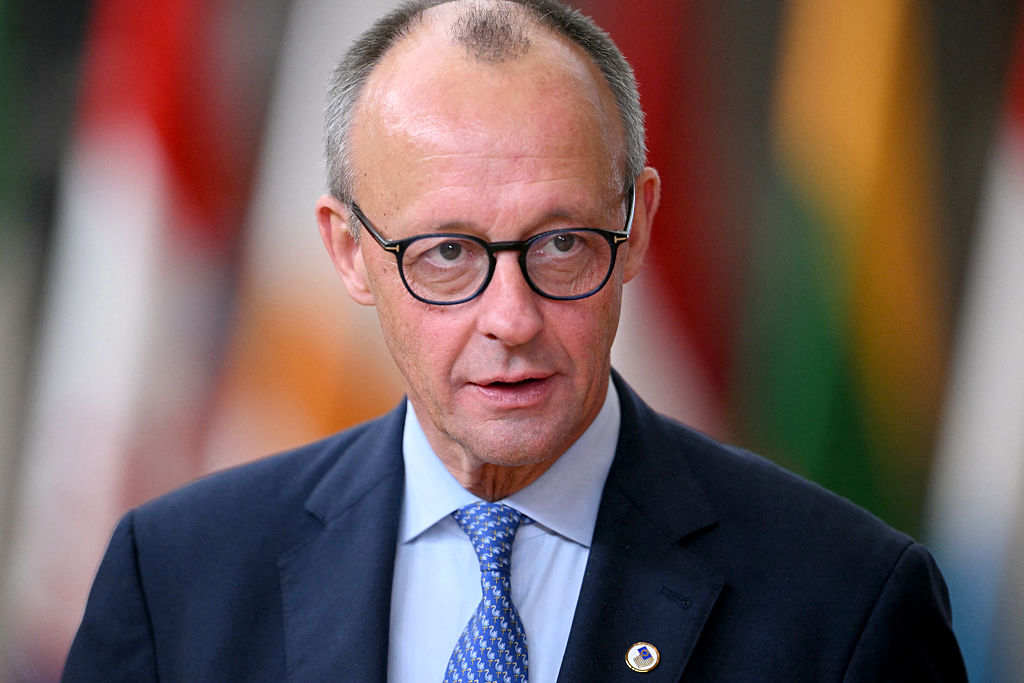The world’s greatest investors: Michael Platt
BlueCrest hedge fund co-founder Michael Platt is quick to cut his losses, but happy to let his winners run.


Platt was born in Preston in 1968. He began investing while at school, starting with the newly privatised utilities. In 1991, he graduated with a degree in maths and economics from the LSE, and joined JP Morgan as a trader. In 2000 he founded the BlueCrest hedge fund with William Reeves. In 2015, he returned his investors' money. BlueCrest became a family office.
What is his strategy?
Platt splits BlueCrest's assets between systematic strategies (based on pattern-spotting computer algorithms) and discretionary (human-driven) trades. The systematic trades are generally trend-following strategies basically, buying assets that are going up, and selling ones that are falling. He delegates the day-to-day management to his traders, but retains overall control. He believes in aggressive stop losses he will cut traders' allocations drastically if they lose as little as 3% of their capital, but will also lift allocations to winning trades.
Does it work?
Between 2000 and early 2012, BlueCrest returned an average of 14% a year for investors, compared with 3% for the market. At its peak in 2013, assets under management reached $35bn. However, a relatively subdued performance during 2013 and 2014 saw this fall to $8bn shortly before it closed to external investors. Last year it returned 50%, thanks to a decision to increase the leverage (investing with borrowed money) it employs. Platt's net worth has been estimated at $4.5bn.
MoneyWeek
Subscribe to MoneyWeek today and get your first six magazine issues absolutely FREE

Sign up to Money Morning
Don't miss the latest investment and personal finances news, market analysis, plus money-saving tips with our free twice-daily newsletter
Don't miss the latest investment and personal finances news, market analysis, plus money-saving tips with our free twice-daily newsletter
What were his biggest successes?
In August 2007, spiking interest rates and the huge debts on banks' balance sheets convinced Platt that a stock market crash lay ahead. He sold his bank shares, and bought safe' sovereign bonds. As a result, he both avoided the worst of the financial crisis, and profited from the resulting "flight to quality" and plunge in interest rates (as rates fall, bond prices rise).
What lessons are there for investors?
Risk management is key to successful short-term trading. Strict stop losses limit your downside, vital when using lots of leverage. Platt argues that sustaining large losses can make traders gun-shy, leading to lost opportunities. Because markets have a lot of short-term momentum, selling losers and building up winners can be a good way to boost returns. However, that involves doing many individual trades, which eats up time, can be hard on the nerves, and also raises transaction costs greatly. That makes this a very risky strategy for private investors.
Get the latest financial news, insights and expert analysis from our award-winning MoneyWeek team, to help you understand what really matters when it comes to your finances.

-
 RICS: Seller confidence hits new high but buyers are yet to return to the property market
RICS: Seller confidence hits new high but buyers are yet to return to the property marketThe latest Residential Market Survey from the Royal Institution of Chartered Surveyors (RICS) shows there are signs that confidence is slowly returning to the housing market
-
 'Lockdown wills’ at increased risk of legal challenge
'Lockdown wills’ at increased risk of legal challengePressures caused by the pandemic led some people to rush their wills. Now, lawyers are saying problems are surfacing that could make them invalid
-
 Europe’s new single stock market is no panacea
Europe’s new single stock market is no panaceaOpinion It is hard to see how a single European stock exchange will fix anything. Friedrich Merz is trying his hand at a failed strategy, says Matthew Lynn
-
 Bitcoin 'has become the reserve asset of the internet'
Bitcoin 'has become the reserve asset of the internet'Opinion The cryptocurrency has established itself as the electronic version of gold, says ByteTree’s Charlie Morris
-
 London Stock Exchange exodus: which companies could be next to go?
London Stock Exchange exodus: which companies could be next to go?As many companies exit London, the steady trickle of stocks listing elsewhere could turn into a stampede. Who will be next, and what does this mean for investors?
-
 Is the London Stock Exchange in peril?
Is the London Stock Exchange in peril?More than 150 companies have left the London Stock Exchange or moved their primary listing since the start of 2024. What does it mean for investors and the economy?
-
 Shein prepares for London Stock Exchange listing
Shein prepares for London Stock Exchange listingShein plans for a London Stock Exchange listing after facing hurdles in New York. It’s in a race against time. Matthew Partridge reports
-
 Four stocks for 2026
Four stocks for 2026As the year draws to an end, investment experts suggest four stocks that investors may want to keep an eye on for 2026
-
 Retail bond paying 8.25% launches – should you buy it?
Retail bond paying 8.25% launches – should you buy it?A new bond from alternative property lender LendInvest looks eye-catching but how do retail bonds work, and what are the risks?
-
 Seize this opportunity to scoop up superior-quality growth stocks
Seize this opportunity to scoop up superior-quality growth stocksTips A professional investor tells us where they'd invest today.